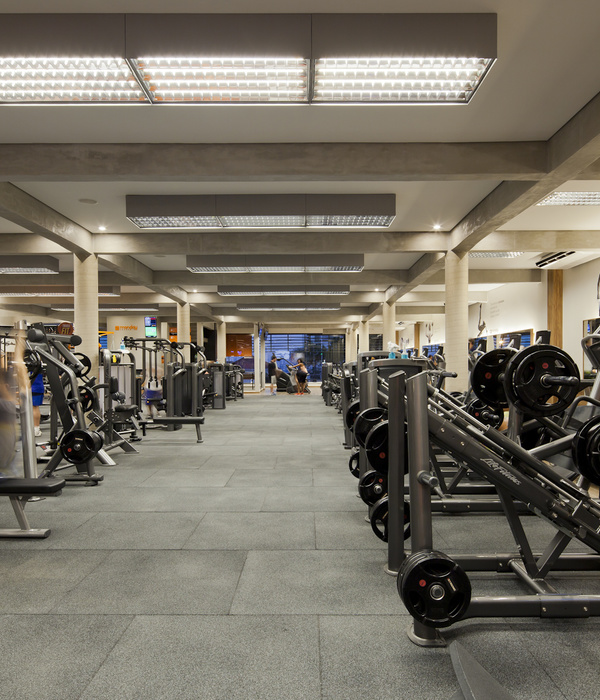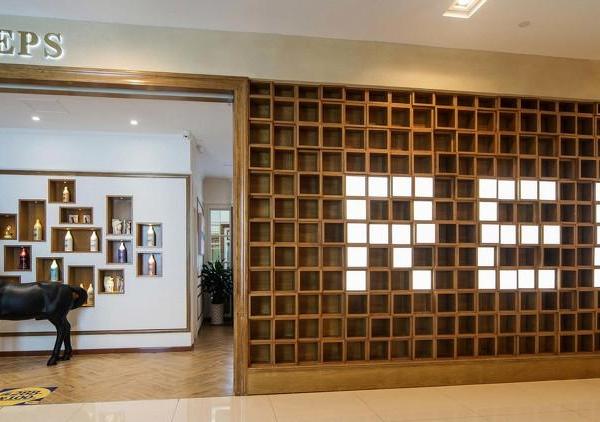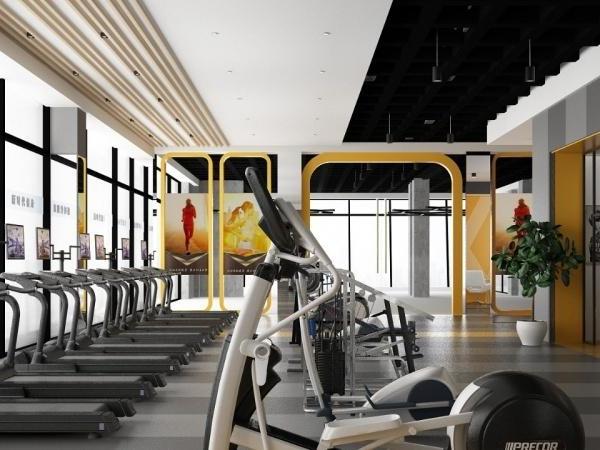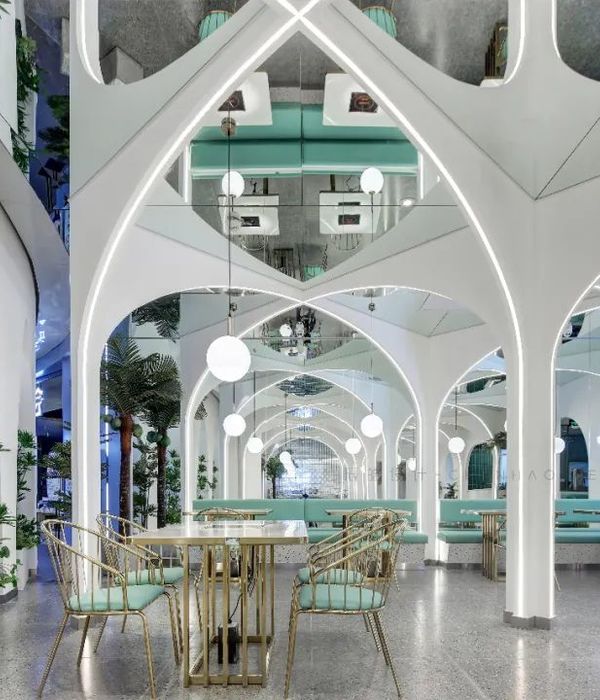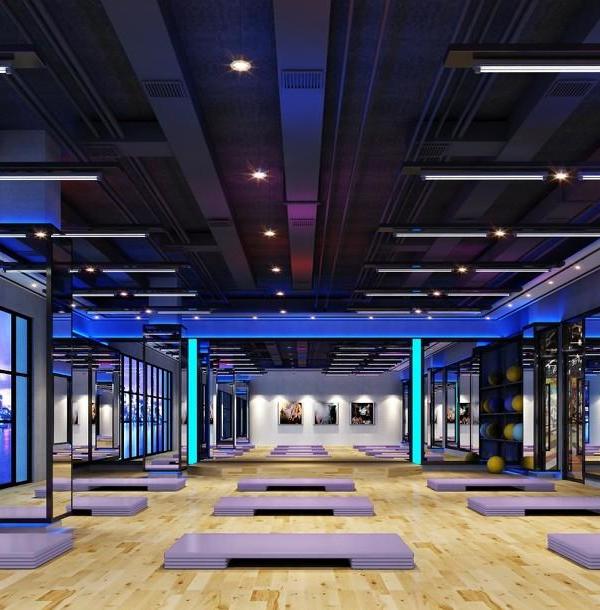The children’s Library at the King Solomon School, a Jewish bilingual International school in the centre of Israel, is centred on the schools holistic approach to education. Focusing on the connection of the individual to the community, nature and moral values; the school wanted to create an exciting multi -purpose space to encourage learning, reading, play, interaction and to nurture the children’s imagination.
The challenge was to adjusting the concept of a library to fit children growing up in a now digital age. To create a space attractive to children that would constantly refresh and continue to captivate their interest in books, in reading and in learning.
Sarit Shani Hay’s concept for the library came from the idea of travelling through the imagination, a journey inspiring the children to learn in multiple ways.
The Library is designed with clean, formalistic lines that mix different hand-made wooden textures, three-dimensional wood embossments.
The focal point of the 120 square meters Library is the life size sculptural caravan in the middle. The wooden caravan provides a more private area for children to read and reflect quietly, removed from the public space.
Outside the caravan are curved wooden benches accommodating books and providing a communal story telling area. The theme of travel continues with soft seating designed in the shape of continents and the “Bus shelters” housing and categorizing the books. Designed to offer a variety of learning spaces, desks are situated both sides of the Library as well as a corner for digital/computer study.
The intention to provide an environment meeting not only the children’s individual needs but also those between caregivers and students, and between the children themselves is clearly a success, evident in the continued happy response to the space.
The library design reflects the change in the way children learn, over the past decade, libraries for children have changed. It is no longer just a traditional warehouse of books, but an interactive engaging place. Interior and Furniture design: Sarit Shani Hay Architecture: Shoshany Architects Photography: Tal Nisim
{{item.text_origin}}




